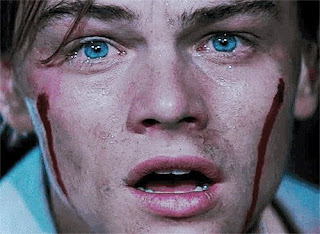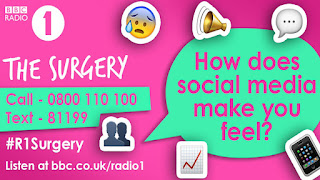Cinematography blog tasks
1) Write an analysis of the cinematography in the opening sequence. Highlight your use of media language and try to cover camera shots, angles and movement using the terminology we have learned in lessons. How does the camerawork give the audience clues about the setting, narrative and character?
In this opening sequence, there are a variety of camera shots, angles and movement. The first camera movement is a high angle crane shot which allows the producer to present the scene at which the whole series would be taking place; we know this because the name of the TV series is 'Prison break' which shows the events would be taking place at a prison. The two shots after that are a medium close up of a tattoo and someone's face followed by two medium shots of the main protagonists; The use of extreme close ups of an eye and origami are also presented. Close ups are used to draw focus to these shots which could also imply a small part of the narrative. A worms-eye angle is also incorporated when the camera focuses on the leg cuffs as the inmate walks towards the camera. Another high angle is then used as the main protagonist is jumping from the gate; this angle shows the audience that he is dominant and dangerous. The opening sequence ends with a zoom out tracking shot which shows the main character being looked up in a jail cell with a grim look on his face. This also adds to the narrative being presented to the audience within the opening sequence.
In this opening sequence, there are a variety of camera shots, angles and movement. The first camera movement is a high angle crane shot which allows the producer to present the scene at which the whole series would be taking place; we know this because the name of the TV series is 'Prison break' which shows the events would be taking place at a prison. The two shots after that are a medium close up of a tattoo and someone's face followed by two medium shots of the main protagonists; The use of extreme close ups of an eye and origami are also presented. Close ups are used to draw focus to these shots which could also imply a small part of the narrative. A worms-eye angle is also incorporated when the camera focuses on the leg cuffs as the inmate walks towards the camera. Another high angle is then used as the main protagonist is jumping from the gate; this angle shows the audience that he is dominant and dangerous. The opening sequence ends with a zoom out tracking shot which shows the main character being looked up in a jail cell with a grim look on his face. This also adds to the narrative being presented to the audience within the opening sequence.
3) Find and analyse four film or TV stills. Embed the images in your blog and analyse the camera shot/angle and what they communicate to the audience.
- High angle:
A high-angle shot is where the camera looks down on the subject from a high angle. High-angle shots can make the subject seem vulnerable or powerless through the eyes of the person looking down on them. In film, they can make the scene more dramatic by showing the different between the two peoples ranking. In this image from 'Harry Potter', the protagonist is sat leaning back on the floor which makes him very vulnerable to the person who is standing above him.
- Close up:
- Long shot:
A long shot (sometimes referred to as an establishing shot or a wide shot) typically shows the entire object or character and is usually intended to show its surroundings. There is very little detail in the shot, as it is meant to give a general impression rather than specific information. This image shows many different landmarks within this specific area of London including the famous London Eye and Big Ben.
- Low angle:
A low-angle shot, is a shot from a camera angle positioned low and is looking up. The effect of the low-angle shot is that it makes the subject look strong, powerful and more important. In this image, the camera is positioned below the character, which makes him look more superior and dangerous.





Comments
Post a Comment